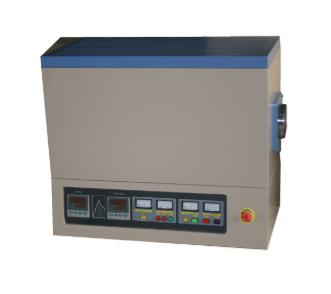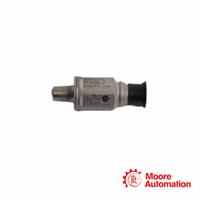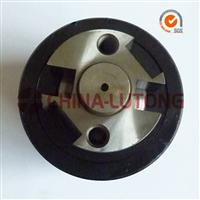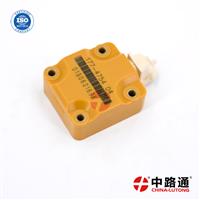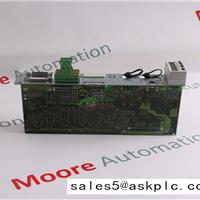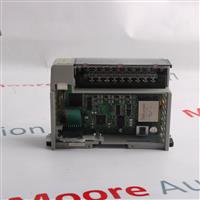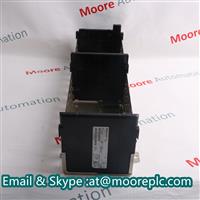The types of controlled atmosphere furnace fall into four broad categories:
1. Endothermic atmosphere: using a raw material gas such as liquefied petroleum gas or natural gas, mixed with air according to atomic carbon and oxygen, and fed into the catalyst: the atmosphere obtained by the reaction of the externally heated reaction tank, Taking propane as an example: the composition of the endothermic atmosphere is related to the type of feed gas, which is roughly: 20%~24% CO, 30%~41%H2. This atmosphere is mainly used for gas carburizing, gas nitrocarburizing and carbon. Nitrogen osmosis can also be used for protective heating of some steel grades.
2. Exothermic atmosphere: the raw gas and air are incompletely burned under the condition that the combustion air coefficient is less than 1, and the combustion is produced; after the material is cooled and dehydrated, when the amount of air is small, the atmosphere is reduced. The higher content of CO and H2 in the component is called concentrated exothermic atmosphere; and when there is more air, the C02 content in the obtained atmosphere is higher, which is a light exothermic atmosphere. The concentrated exothermic atmosphere is mainly used for the protective heating of rough materials and general workpieces. The light exothermic atmosphere is mainly used for the bright heat treatment of copper and copper alloys.
3. Purification and exothermic atmosphere: The exothermic atmosphere is purified by zeolite molecular sieve to remove CO 2 and H20, and is widely used for protective heating of various steel workpieces.
4. Ammonia decomposition gas and ammonia combustion gas: The ammonia gas is introduced into a reaction tank with a catalyst, and the ablation atmosphere obtained by decomposition at a certain temperature is called ammonia decomposition gas. For example, when ammonia gas is mixed with air for combustion, the gas obtained by cooling and drying water is called ammonia combustion atmosphere. These two atmospheres are mainly composed of N2 and H2 and contain no carbon, so they are particularly suitable for bright heat treatment of low carbon stainless steel, nickel chrome alloy, silicon steel sheet and the like.
Email: haoyue@haoyue-group.com
Source: ****




